
Recycling PCB scrap is a detailed process that begins with the physical dismantling of the boards. This involves drilling and sorting to remove various components such as capacitors, motors, and semiconductors. The boards are then cut into smaller pieces, facilitating the separation of metals from non-metals.
Following the initial physical separation, recycling firms may employ pyrometallurgy, which involves heating the PCBs to extract metals. This process can reach temperatures up to 1600°C, transforming metals into a liquid state for recovery.
Alternatively, hydrometallurgical processes use chemical solutions to leach metals from the PCB scrap. This method involves several steps, including solvent separation, material precipitation, and ion exchange, to recover valuable metals.
Electrochemical processes are also used, where metals are dissolved in a solvent and then electrically deposited onto electrodes. This method is particularly effective for separating metals from non-metallic substances like resin.
Innovative biotechnological methods are also emerging, utilizing microorganisms to bind and recover metal ions. These processes are part of a broader effort to ensure that PCB recycling is environmentally responsible and does not release harmful substances into the ecosystem.



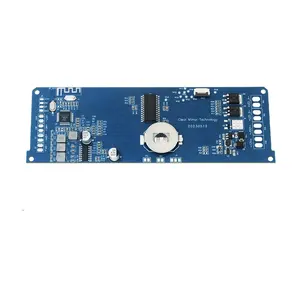





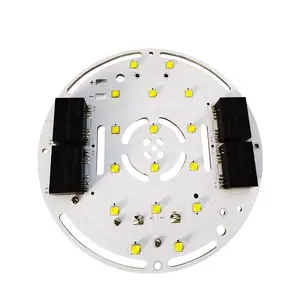



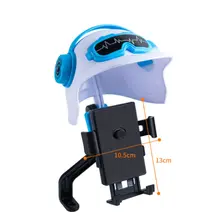

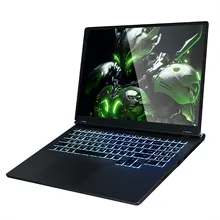
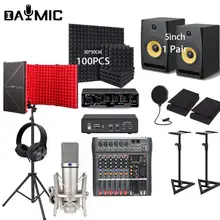




















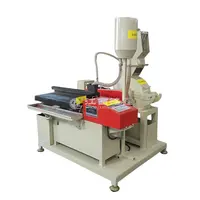









 浙公网安备 33010002000092号
浙公网安备 33010002000092号 浙B2-20120091-4
浙B2-20120091-4